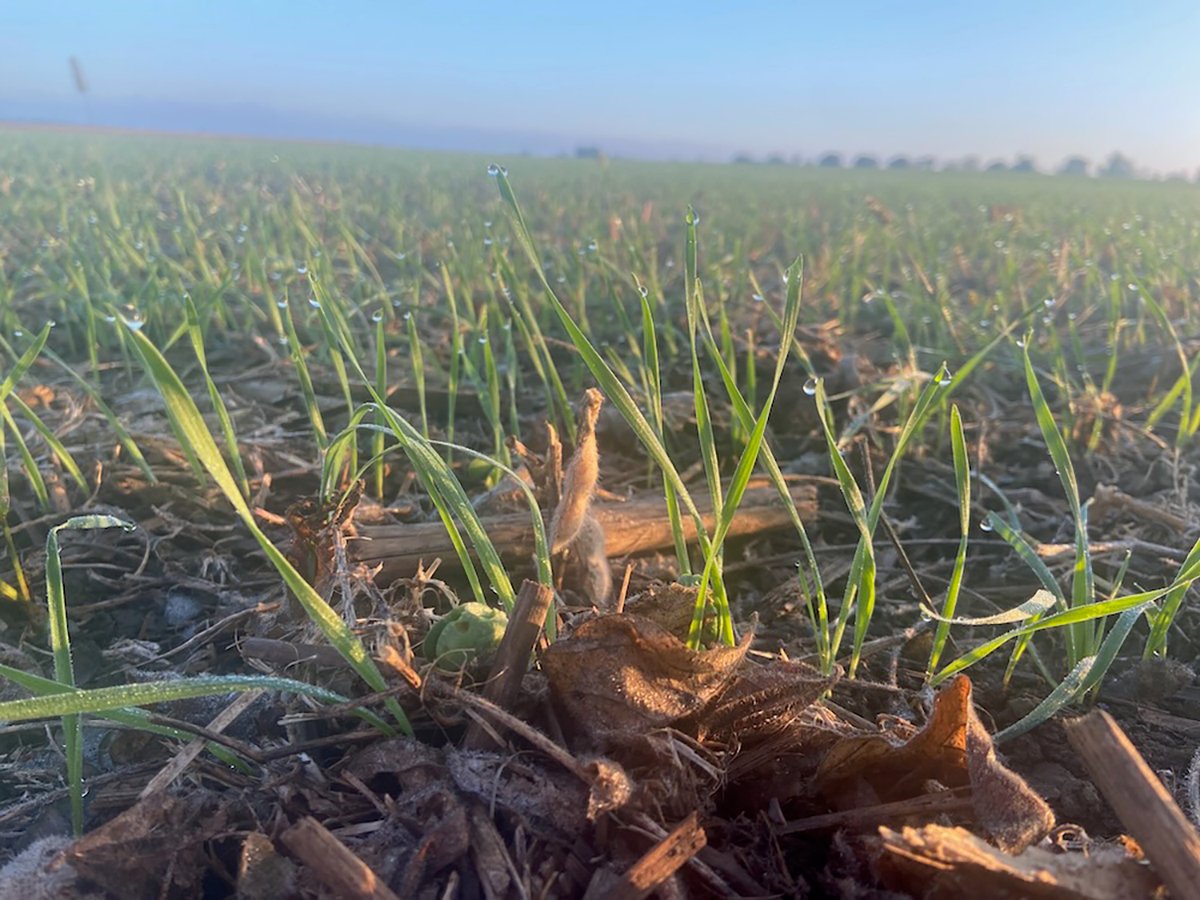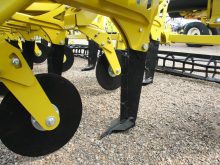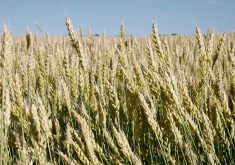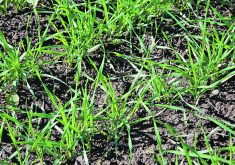Glacier FarmMedia – Winter cereals have been greening in Prairie fields, but farmers are just entering the window where they can viably gauge winter survival.
In a Manitoba Agriculture Crop Talk webinar April 23, provincial cereals specialist Anne Kirk warned farmers away from being too hasty when weighing spring stands. Temperatures in the first half of the month were not consistently warm enough for new growth, attendees heard.
“It is fairly early to just visually assess a field from above and … to assess the winterkill, or if there’s any winter injury issues with winter wheat or fall rye crop,” Kirk said.
Read Also

Crop quality looks good this year across Prairies
Crop quality looks real good this year, with the exception of durum.
But sometimes the crop can look green without thriving. Other stands might be slow to get going but still be alive and well.
“We definitely see fall rye crops looking a lot better than winter wheat at this time of year,” Kirk said.
Growers should wait for the crop to break dormancy and develop new roots before assessing survival. That requires temperatures consistently above freezing. Ten days of temperatures above zero are needed for active growth, Kirk said.
“At this time of year, you should be able to see some new white roots coming from the crown of the winter wheat or fall rye,” Kirk said.
Curious producers can dig up some plants, put them in pots or a pail, water them and bring them inside where it’s warm. With this method, new growth can be assessed within a week, Kirk said.
“If there is no new growth and the roots aren’t growing, then the plant hasn’t survived.”
Producers can also dig up plants, rinse them off and then clip them to about an inch above the crown. After that, they should be placed in a plastic bag in a warm place indoors. New growth should appear fairly quickly, confirming that the crown is alive, Kirk said.
Stubble height, seeding date, seeding depth and adequate fertilization all play into overwinter survival rates. Splitting nitrogen between seeding at fall and spring regrowth helps increase the plant’s odds, Kirk noted.
“In the fall, we can have excessive top growth, which could reduce winter hardiness,” she said.
At the same time, if all the nitrogen is applied in spring, the farmer ends up at the mercy of the weather.
















